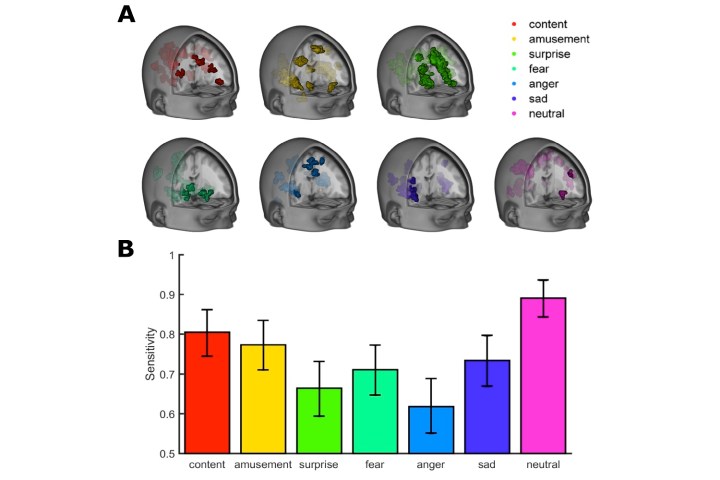
“What we were interested in doing was to develop specific brain-based markers for emotions,” Kevin LaBar, a professor of psychology and neuroscience at Duke, told Digital Trends.
In a previous study, the team demonstrated it was possible to consistently elicit specific emotions using music and film clips. “Using machine learning, we identified those regions of the brain and tried to distinguish them from one another,” LaBar continued. “Based on that, we’ve come up with specific emotion maps, showing how they’re processed in the brain. Using those maps we can now track emotions when people just let their minds wander.”
For the new study, published in the journal PLOS Biology, 21 participants were told to let their minds wander in this way, without being given any kind of stimuli. Every half-minute they were asked to respond to a questionnaire about their emotional state.
The fMRI data from the brain was collected every two seconds and the scans were compared to the seven previously-identified emotion maps. Using the machine learning algorithm, the team was able to successfully predict the mood the subjects claimed to be experiencing, prior to them reporting it.
LaBar said that such technology could take a lot of the guesswork out of mood reporting.
“A major problem in emotion research has been that we don’t have any objective ways of tracking people’s emotions, other than asking them to self-report,” he said. “It’s been shown through behavioral work that people don’t always have good intuitions about their emotions, so self-reporting can be problematic when, for example, you’re using it to track a patient’s progress through treatment for depression.”
Going forward, he noted this is one possible useful application for the research.
“What I’d really like to see is for this to be used as outcome markers in intervention studies,” LaBar said. “If you’re testing a drug to treat anxiety or depression, you can see whether it actually changes a person’s brain-state when they’re resting. You can see, for instance, whether a high level of fear activation goes down when they’re using a certain drug — and you could do this using a quick, 10-minute fMRI scan.”


